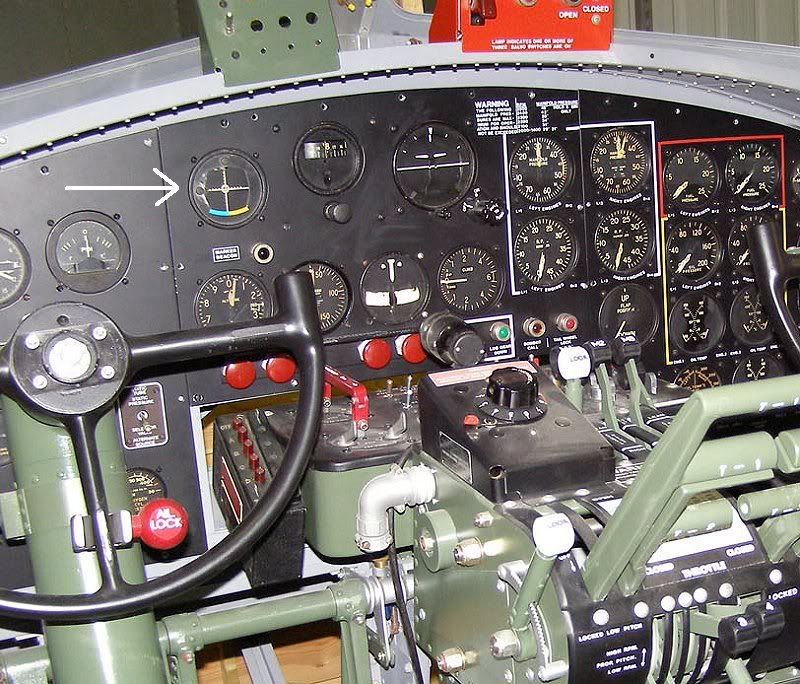From August 1942 the 8AF used the RAF Lorenz blind landing system, usually called SBA (Standard Beam Approach). This was an audio-visual system, having a pair of ground markers, one at the end of the runway in use and the other a couple of miles away on the approach line. The redundant RC-43 Marker Beacon (with it's antenna underneath the fuselage of the B-17, just forward of the tailwheel) was usually used as the receiver.
This was replaced in service by the US SCS-51 Instrument Landing System from mid-1944.
The aircraft component of the system was the RC-103, later redesignated the AN/ARN-5, with the distinctive horned antenna on the nose as seen below.

The glide path was indicated to the pilot via an instrument with two moving needles to show the aircraft's relative position:

The receiver unit for the ARN-5 system was the BC-733:
Radio Receiving Set, BC-733.
JAN Type: BC-733
Nomenclature: Radio Receiving Set
Components: BC-733 Radio Receiver, DM-53 Dynamotor
Weight: 20 Lbs
Size: 13-3/16" x 7" x 4-13/16"
Frequency Range: 108.3-110.3 MHz
Power Input: 12/24 VDC
Number of Channels: 6 Crystal-Controlled Channels - 108.3, 108.7, 109.1, 109.5, 109.9, 110.3 MHz
Channel Spacing: 400 kHz
Part of: BC-733
Description: Radio Receiving Set BC-733 receives localizer signals in 110 MHz
range and displays the aircraft position relative to the glideslope on a crossed-needle meter display.
Valves: 3 x 717A, 12AH7, 2 x 12SR7, 2 x 12SG7, 12SQ7, 12A6
FIDO was also utilised